- No products in the cart.
Relief Pro candles for the treatment of hemorrhoids with complications, rectal, 12 pcs., Bayer
$12.03
Relief Pro candles for the treatment of hemorrhoids with complications, rectal, 12 pcs., Bayer
Description
Composition
Active substance:
1 suppository contains active substances: fluocortolone pivalate 1 mg lidocaine hydrochloride based on the anhydrous substance of 40 mg.
Excipients:
hard fat (Witepsol W 35) 1 775 mg.
Description:
Yellowish white torpedo-shaped suppository having a smooth surface.
Product form:
Rectal suppositories of 1 mg + 40 mg: 6 suppositories in a strip of aluminum foil laminated to low density polyethylene (inner layer) of the strip 2 together with instructions for use placed in a cardboard box.
Contraindications
TB and syphilis processes in applying the product. Viral diseases (e.g., chicken pox, reaction to vaccination, herpes zoster) in the coating formulation. Treatment of children and adolescents is not recommended due to lack of clinical trial data. I trimester of pregnancy. Increased sensitivity to the drug.
Dosage
1 mg + 40 mg
Indications
For the symptomatic treatment of pain, swelling, burning, itching of hemorrhoids, proctitis.
Interaction with other drugs
Patients receiving antiarrhythmic drugs, lidocaine should be used with caution. When applied simultaneously with lidocaine antiarrhythmic drugs may lengthening QT interval, and, in rare cases, may develop AV block or ventricular fibrillation. The combined use of the drug and inhibitor of cytochrome P450 3A4 may increase the risk of systemic adverse reactions to the use of corticosteroids, including suppression of the hypothalamic-pituitary-adrenal system. Avoid the combination of these drugs, except in cases where the benefits of treatment outweighs the risk of systemic adverse reactions to corticosteroids. If necessary, the drug Relif® Pro in combination with inhibitors of cytochrome P450 3A4 should monitor closely the patient due to the risk of systemic responses to corticosteroids.
Overdose
No cases of overdose have been reported. It is assumed that in case of accidental ingestion of the drug (eg, ingestion of more than one suppository), the most severe symptoms can occur from cardiovascular (depression of cardiac function, cardiac arrest) and central nervous system (convulsions, respiratory depression, respiratory arrest), depending the dose.
pharmachologic effect
Pharmacological group:
Glucocorticosteroid combined for topical use.
Pharmacodynamics:
Fluocortolone.
Fluocortolone when exposed to the skin prevents the accumulation of neutrophils boundary, reduces lymphokines and inhibition of macrophage migration, helping to reduce the infiltration processes of exudation and granulation.
Fluocortolone suppresses inflammatory and allergic reactions of the skin and relieve itching, burning and pain; reduces capillary dilation, interstitial edema, and tissue infiltration.
Lidocaine.
Lidocaine – a local anesthetic; analgesia is achieved by inhibiting the formation and conduction of nerve impulses by afferent nerve fibers by depolarization sodium channels.
Pharmacokinetics:
Local therapeutic effect is achieved at low levels of active ingredients in the blood plasma.
Fluocortolone pivalate. After a single application of 1 g rectal cream or suppository administration of one, absorption glucocorticosteroid was maximally 5% of the damage or the introduced amount of the drug.
During the daily administration of 2 suppository 3 times a day for 4 weeks fluocortolone content in blood plasma did not reach levels that systemic exposure.
Fluocortolone pivalate hydrolyzed by esterases, enzymes inflammatory focus, to form fluocortolone 11-ketofluokortolona and pivalic acid.
Plasma half-life periods of fluocortolone and its metabolites after a rectal administration was about 1.3 and 4 h, respectively.
Fluocortolone excreted mainly as metabolites in the urine.
Lidocaine. Absorption and bioavailability after rectal administration of lidocaine cream, and a suppository is about 30% and 24% respectively.
The half-life of lidocaine from the blood plasma of 1-2 hours. In humans Lidocaine is metabolized by oxidative N-dealkylation, hydrolysis of the amide bond and hydroxylation of the aromatic ring to form 4-hydroxy-2,6-xylidine, which is the major metabolite in urine output and 70% of the drug in the form of this metabolite.
Pregnancy and breast-feeding
Clinical data on the use of the drug Relif® Pro during pregnancy and breastfeeding is not enough. Animal studies have shown reproductive toxicity fluocortolone pivalate. It should be avoided in formulations containing glucocorticosteroids in the first trimester of pregnancy. Several studies have shown an increased risk of cleft palate in newborns whose mothers took glyukortikosteroidy in the first trimester of pregnancy. Use of the drug in the II and III trimester of pregnancy and lactation is possible only if the potential benefit to the mother outweighs the risk to the fetus and infant. Avoid prolonged use of the drug Relif® Pro when administered during pregnancy and breastfeeding.
Conditions of supply of pharmacies
On prescription.
side effects
Below the frequency of adverse reactions have been reported in clinical trials Relif® preparation Pro. Within each group, selected depending on the frequency of occurrence of undesirable reactions are presented in order of decreasing severity. According to the frequency they are divided into frequent (> 1/100 and <1/10), infrequent (> 1/1000 and <1/100) and rare (> 1/10000 and <1/1000). General disorders and the site of injection: often - burning, rare - irritation. Violations by the immune system: frequency is unknown - the allergic reaction. Violations of the skin and subcutaneous tissue: the long-term treatment (more than four weeks), there is the risk of local skin changes, such as atrophy, striae or telangiectasias. special instructions In the presence of fungal infections, in addition to Relif® Pro requires a appropriate antifungal therapy. Avoid getting the drug Relif® Pro inside and contact with the eyes of the drug. It is necessary to thoroughly wash your hands after applying the drug. To avoid contact of the product with products from latex (contraceptive diaphragms and condoms) to avoid reducing their effectiveness. Effect on driving ability The drug does not affect the ability to drive vehicles or to engage in other potentially hazardous activities that require high concentration and psychomotor speed reactions. Storage conditions Store at a temperature not higher than 25 C. Keep out of the reach of children. Dosing and Administration rectally About Relif® recommended after defecation. Before use, the drug should hold hygiene anus (anus). The duration of treatment should not exceed 2 weeks. According to one suppository is administered into the rectum twice a day, morning and evening, but a severe form of the disease the first three days are introduced one by one suppository three times a day. With stable improvement in many cases it is enough to enter one suppository per day or every other day. The suppository should be administered so that it remains in the anal canal (at the level of the anus), not sinking completely into the rectum. The base of the suppository should hold gauze for a few minutes until it dissolves. When the highly inflamed and consequently painful hemorrhoids, it is recommended to begin treatment with the cream. Information Appearance may differ from that depicted in the picture. There are contraindications. You need to read the manual or consult with a specialist
Additional information
| Weight | 0.100 kg |
|---|---|
| Manufacturer | Relief |

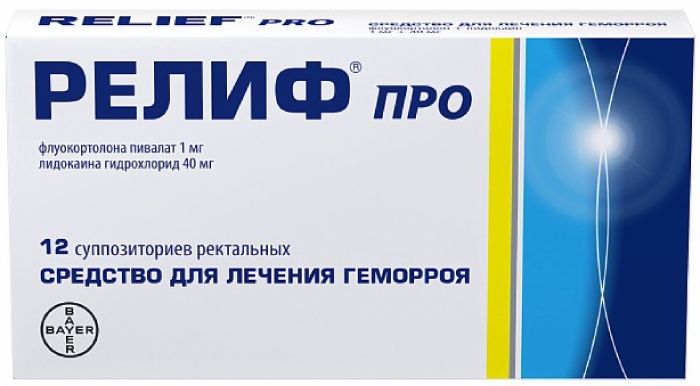
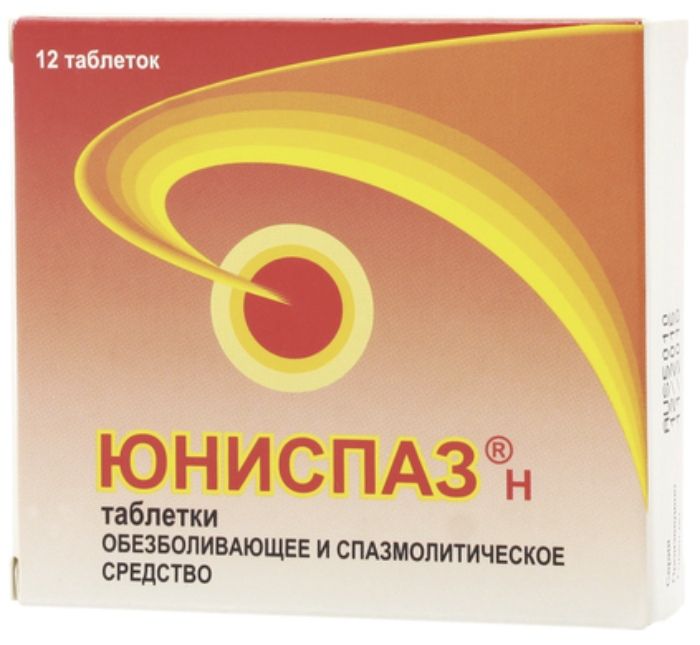
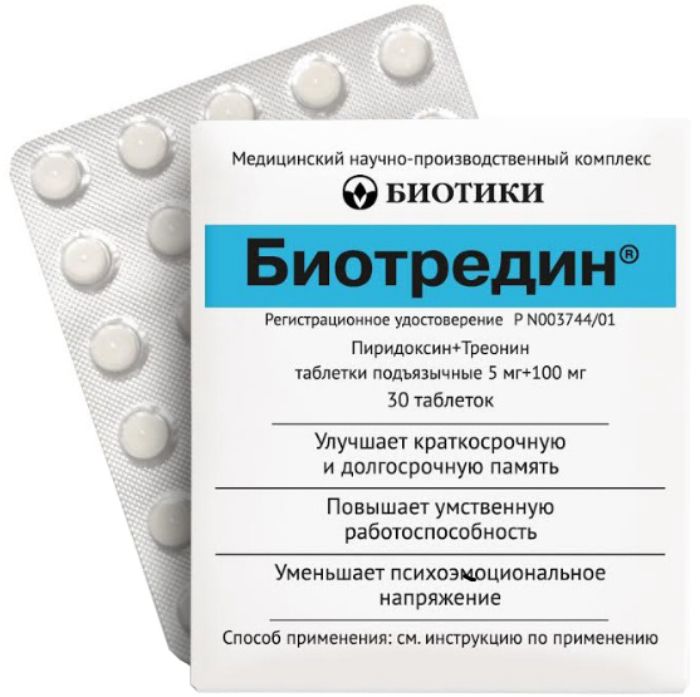
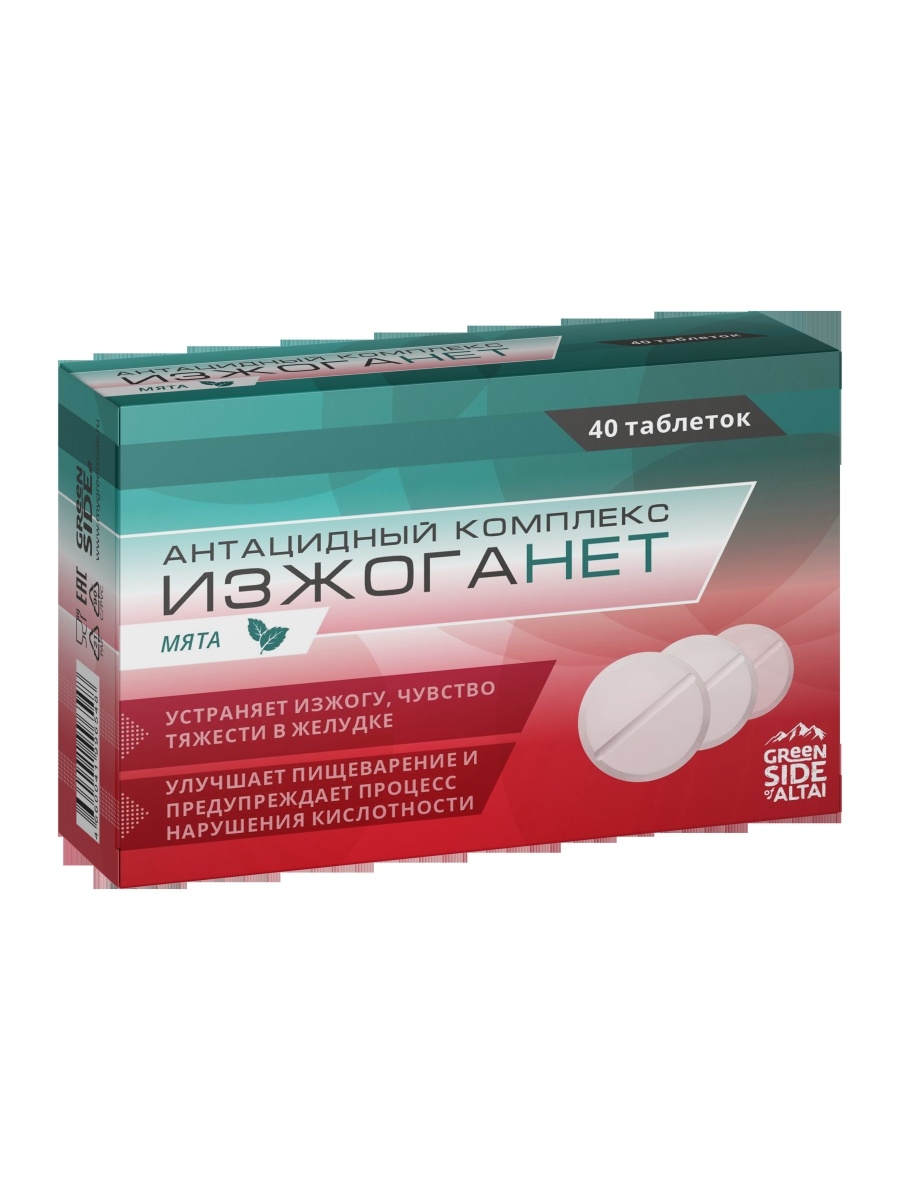
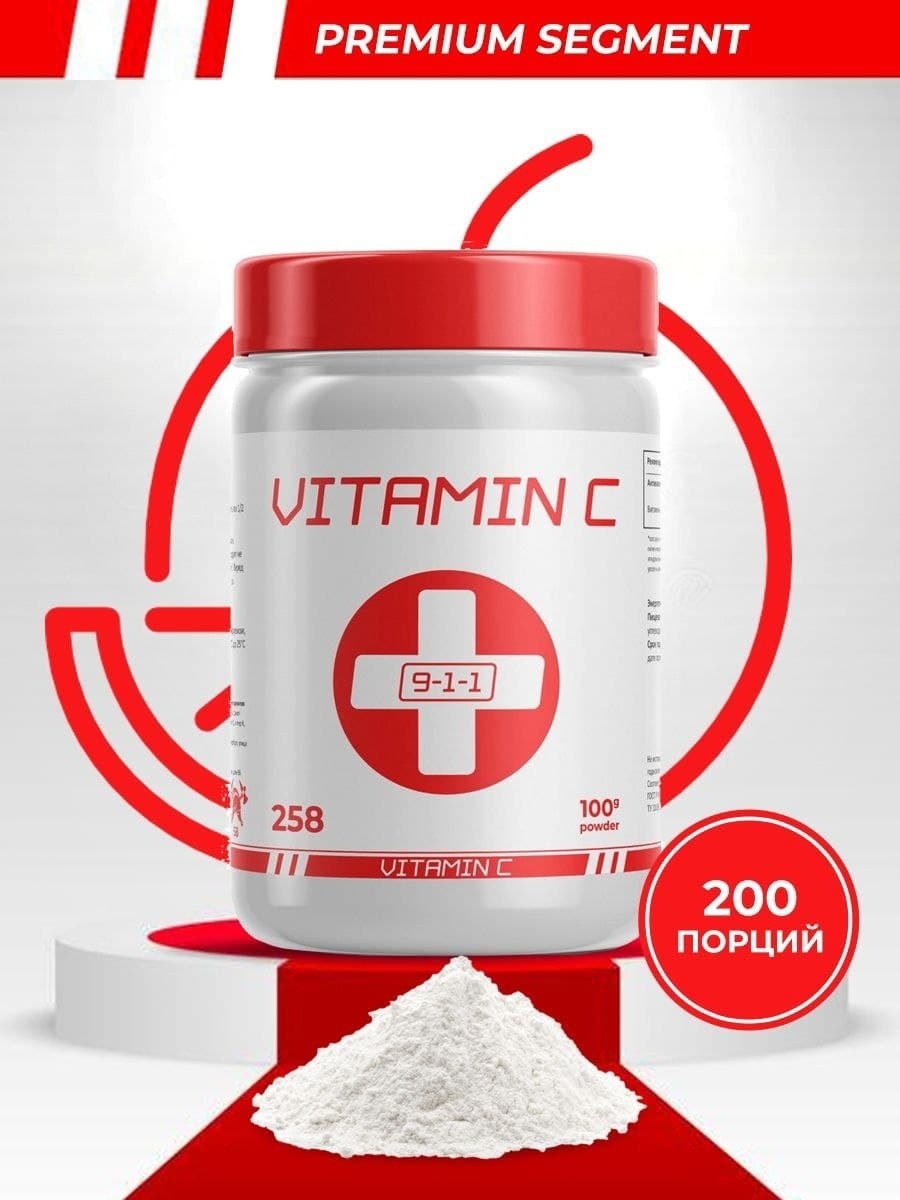
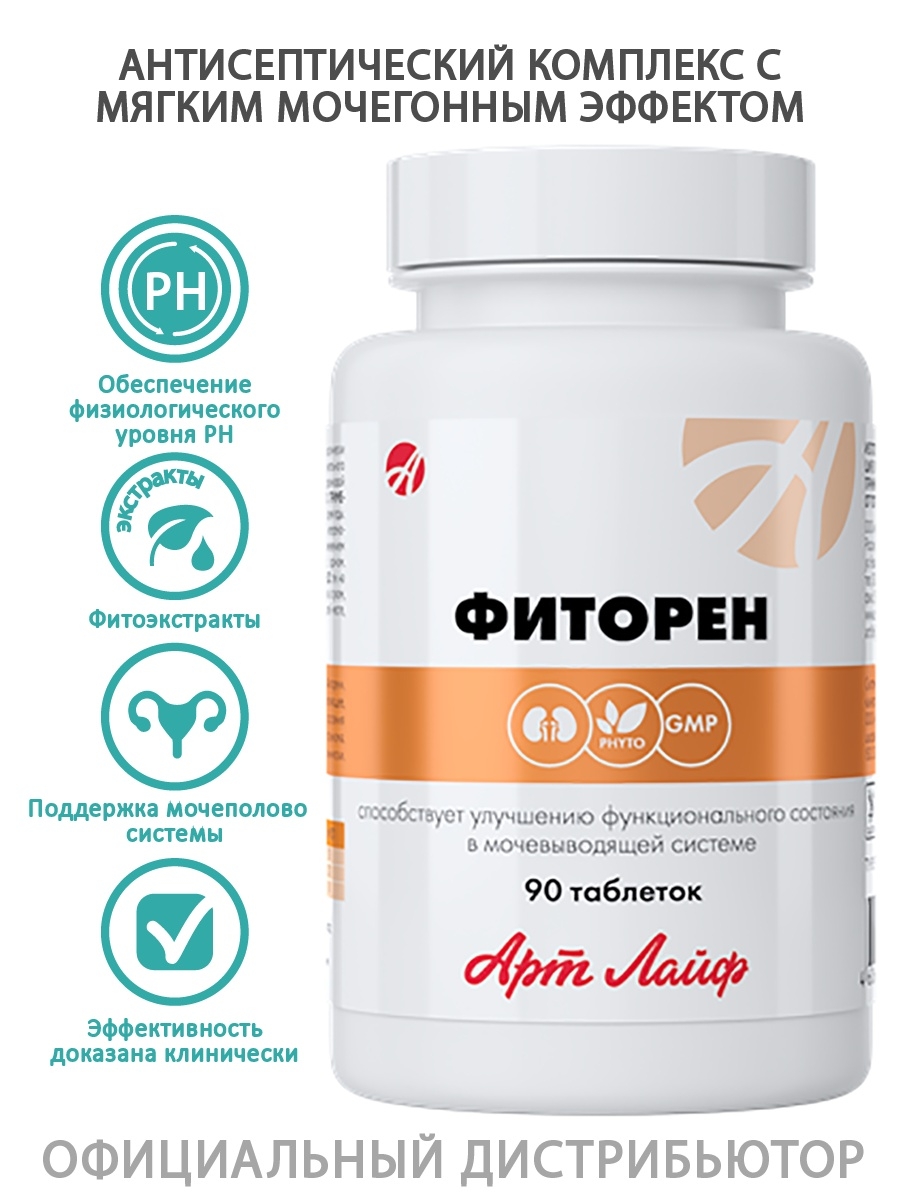
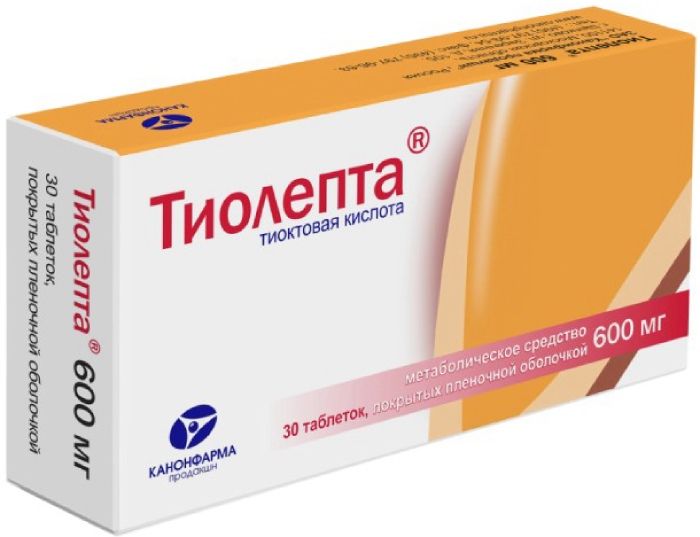
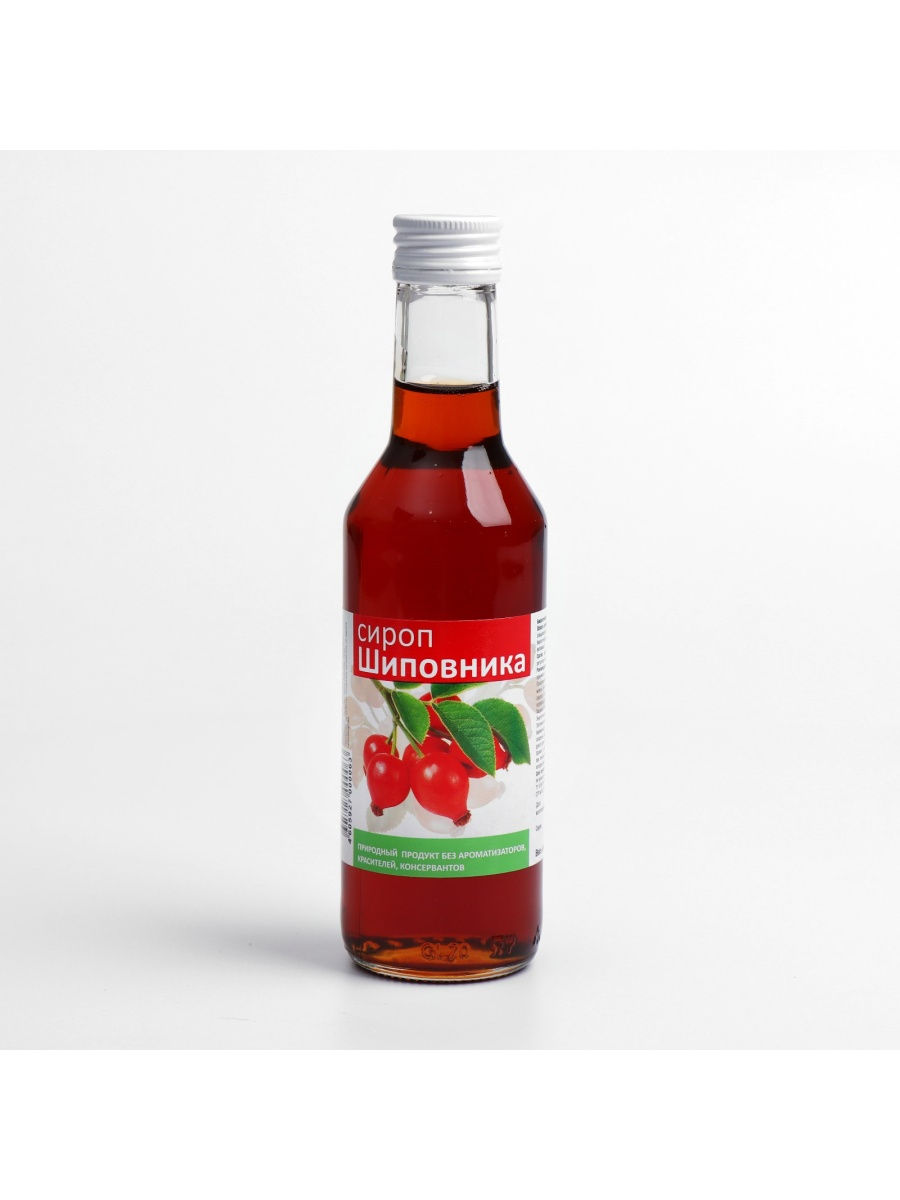
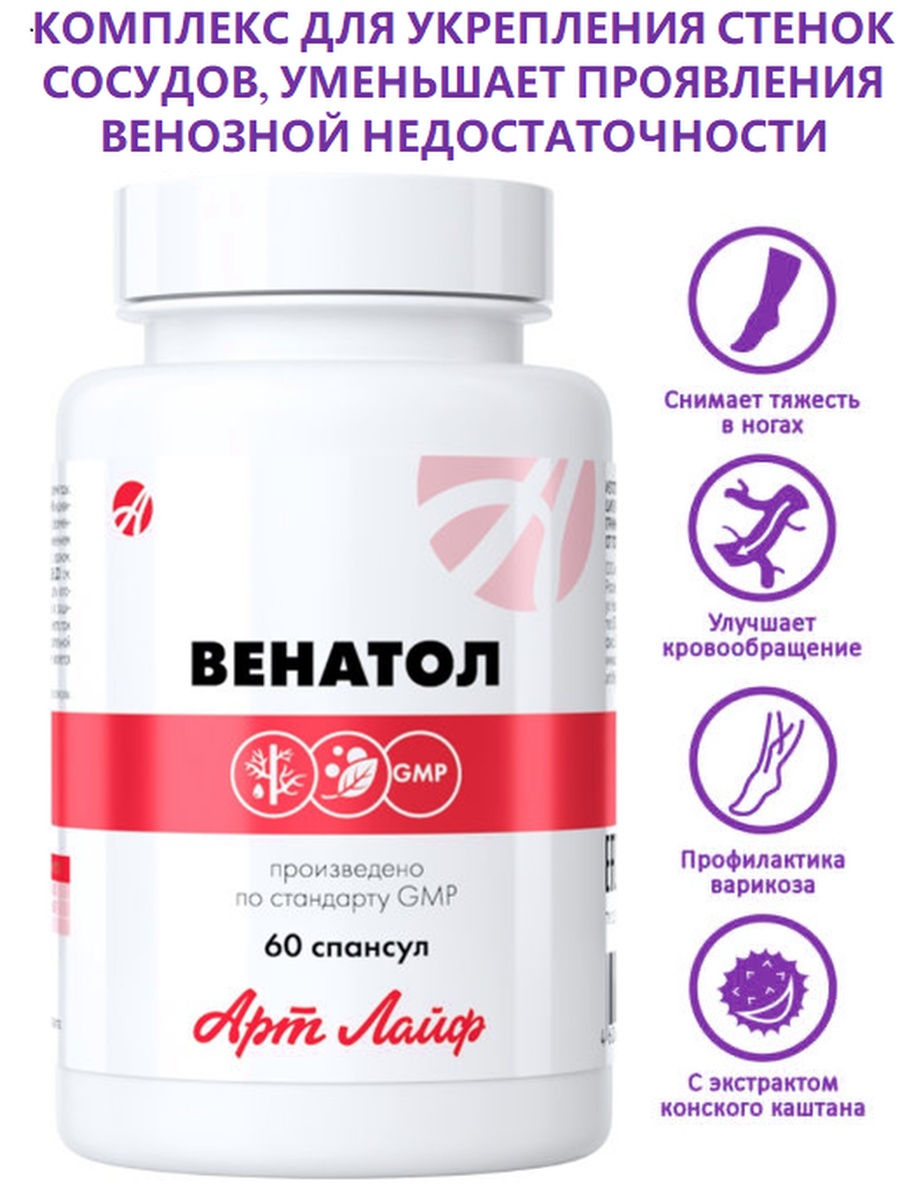




There are no reviews yet.